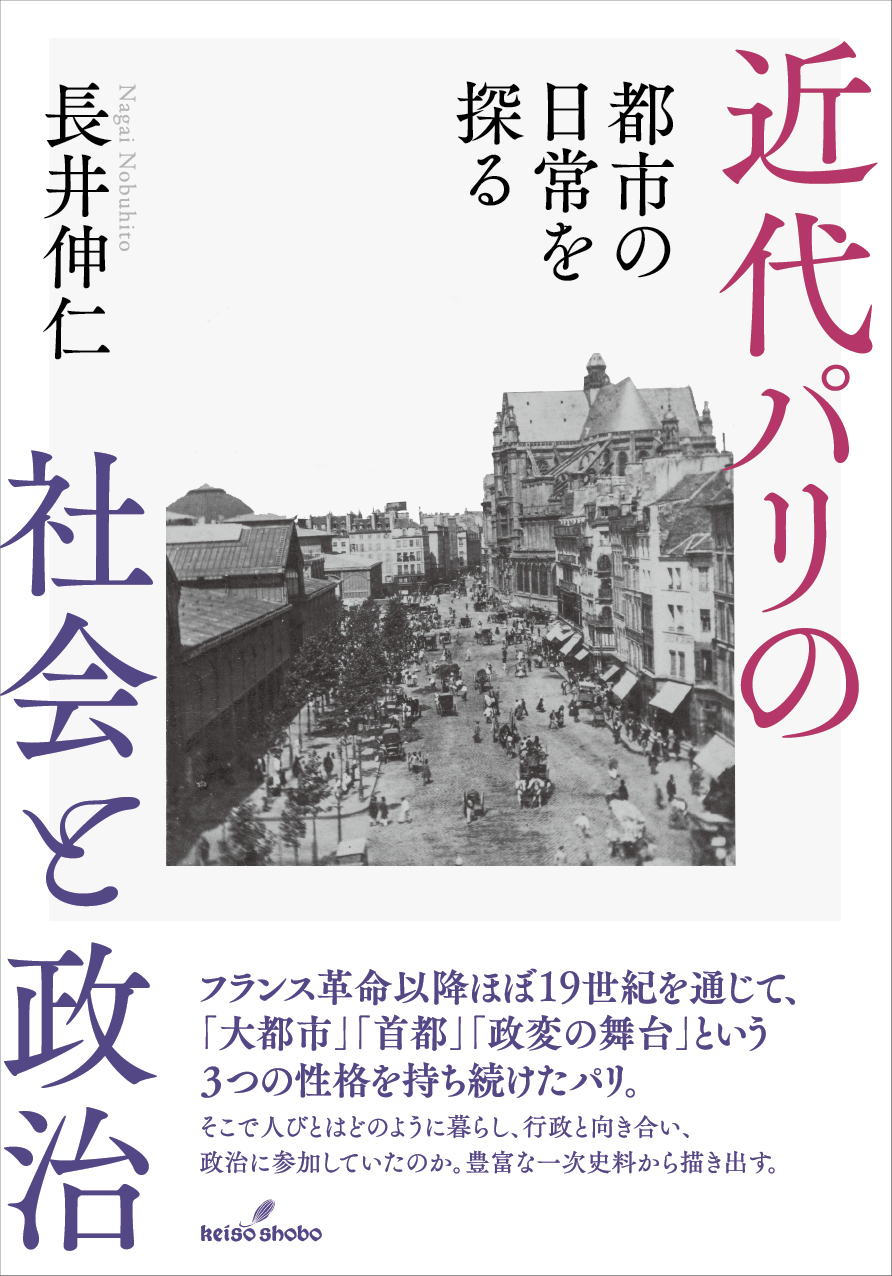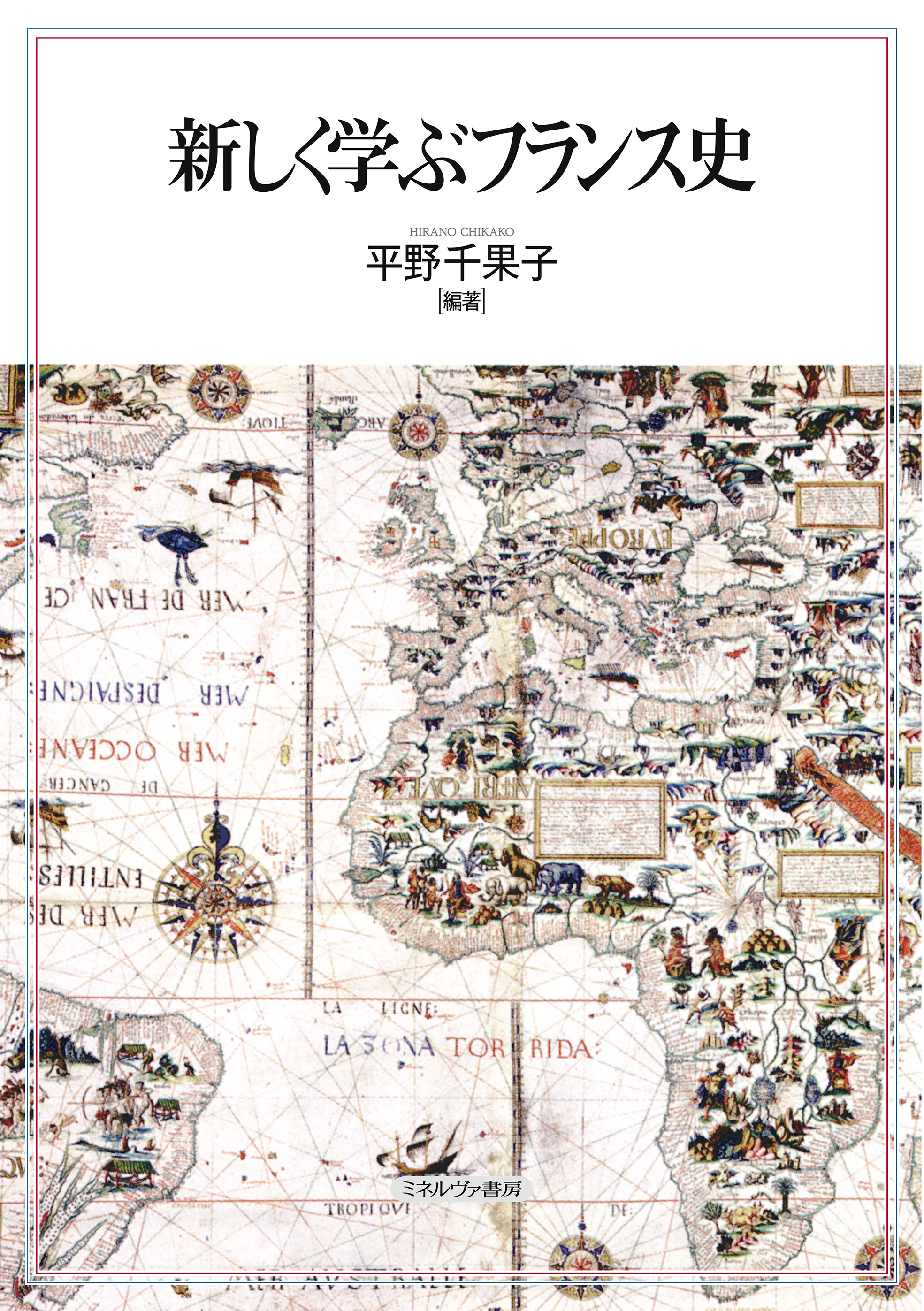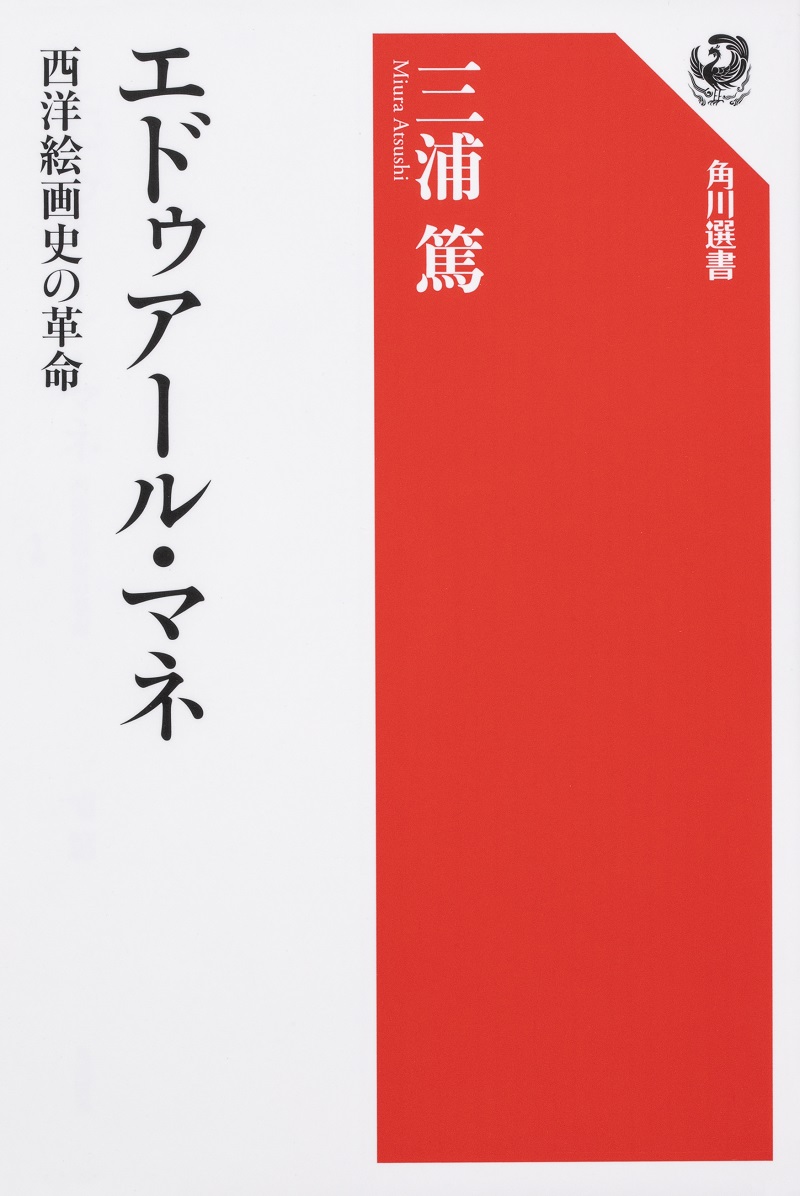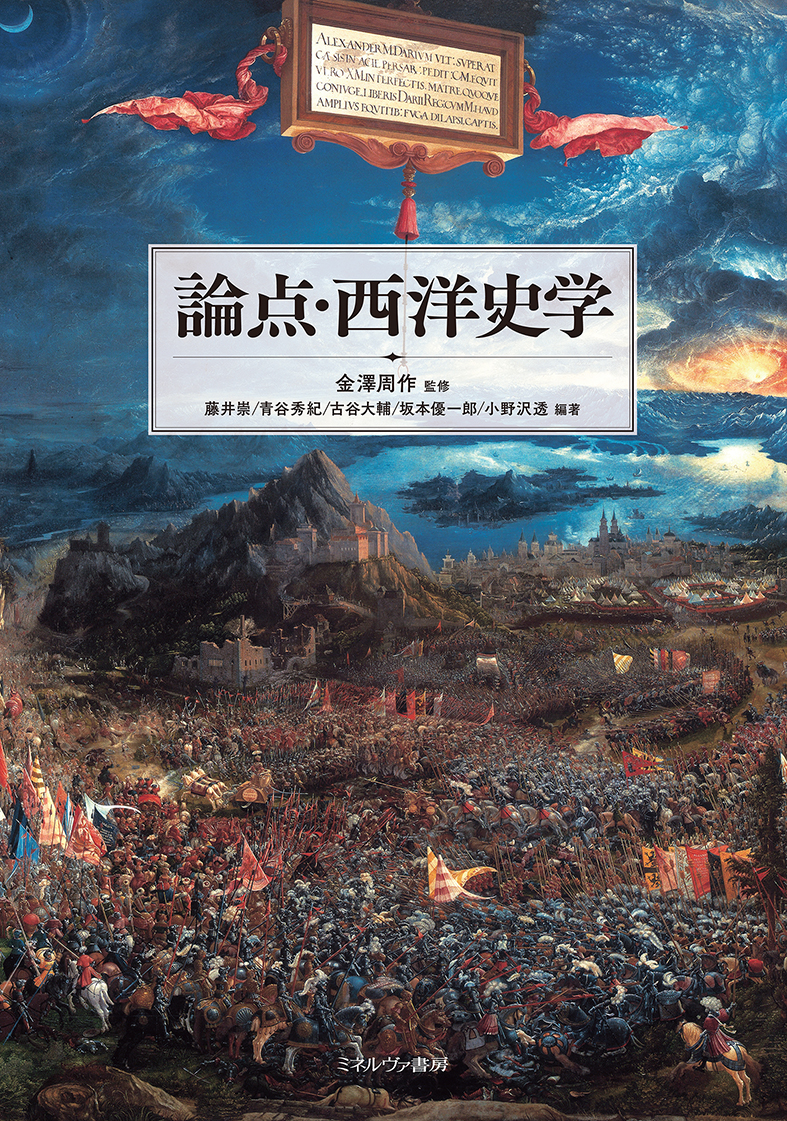
Title
Kindai Paris no Shakai to Seiji (Society and Politics in Modern Paris - Exploring Everyday Life in a Great City)
Size
336 pages, A5 format
Language
Japanese
Released
May, 2022
ISBN
978-4-326-20062-7
Published by
Keiso Shobo
Book Info
See Book Availability at Library
Japanese Page
In 19th century France, revolutions and popular uprisings were frequent and sometimes lead to regime change. Much research has been done on these aspects of this period, while Paris — the theater for most of these political events — is not well understood. The French capital underwent significant upheavals throughout the 19th century, with the population swelling by more than fivefold, largely as the result of a continuous inflow of immigrants from different French regions and surrounding countries. How did the inhabitants live under such circumstances? What "safety nets" were present to help prevent people from falling into poverty? Did language differences divide Parisian society at a time when many people did not use French as a standard language? Who were in charge of politics at a time when universal, albeit male-only, suffrage had been in effect for more than two decades? This book, in attempting to answer these questions, tries to comprehend the urban society and politics of 19th-century Paris.
The book consists of two parts. The first focuses on the ties and neighborhood relations of the popular classes, paying attention to the role played by language and religion: throughout the 19th century, most of Paris’ population growth was caused by immigration, with relocations within the city also frequent. Even in the context of such a high mobility, neighborhoods existed, permitting people to survive periods of difficulty. Among the immigrants that arrived in Paris, those who grouped together according to their place of origin or language did not constitute a majority, as 19th-century Paris was not a mosaic of ethnic diversity.
In the second part of the study, and in order to examine how the people of Paris perceived and practiced politics, we conducted a detailed survey of those who were elected to the Paris City Council. We focus our investigation on the following points: place of origin, family background, occupation, marital status, political career, assets, etc. The majority of city councilors were bourgeois in terms of class, with working classes barely represented. We know that France, ahead of other countries, had paved the way for popular participation in politics by introducing universal male suffrage in 1848. Since then, the decline of the old ruling classes — and especially that concerning landowners — was apparent, with the rise of 'new social classes' also having been called for by statesmen of the time. Although these were true as impressions and slogans this book’s main discovery is that, in actuality and contrary to the impression given, the democratization of politics progressed slowly.
(Written by NAGAI Nobuhito, Professor, Graduate School of Humanities and Sociology / 2023)



 Find a book
Find a book




